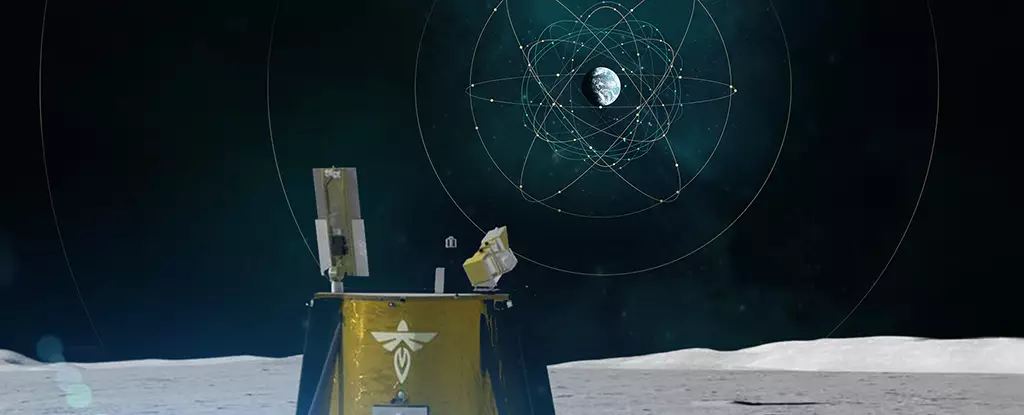As we stand on the brink of a new era in space exploration, the challenges of navigating the lunar surface are becoming increasingly apparent. The debut of NASA’s Lunar GNSS Receiver Experiment (LuGRE) marks a pivotal moment in the quest for effective lunar navigation. Successfully receiving GPS signals from Earth demonstrates not only the technological advances we’ve made but also the profound implications these advancements have for future missions to our celestial neighbor. With astronauts poised to return to the Moon and possibly even inhabit it long-term, understanding how to chart a course across this alien landscape is no longer a luxury but a necessity.
Bridging the Distance: The Significance of GNSS
Utilizing Global Navigation Satellite System (GNSS) signals, LuGRE has established a connection that stretches nearly 225,000 miles back to Earth. This depth of communication paves the way for an unprecedented level of precision in lunar navigation. Unlike the cumbersome methods used in current missions, which rely heavily on a complicated blend of observations and sensor data, lunar GNSS offers a streamlined approach. Imagine astronauts maneuvering on the Moon with a navigation system akin to that of smartphones and commercial aircraft. This feat would not only enhance their safety but also optimize the efficiency of their missions by allowing them to plot courses more quickly and effectively.
Unintended Benefits for Earth-Moon Transit
Moreover, the implications of lunar GPS extend beyond the Moon itself. By bolstering navigation systems for spacecraft traveling between Earth and the Moon, LuGRE will fundamentally change how we approach interplanetary travel. This capability could lead to greater mission autonomy, allowing astronauts more freedom during their journeys while easing the burden on ground support teams. If we can create a reliable system that profoundly simplifies navigation, we can better focus our resources on scientific exploration rather than on redundant calculations and problem-solving while en route.
International Collaboration: A New Space Age
LuGRE also symbolizes a significant achievement in international cooperation within the space sector, especially evidenced by its development alongside the Italian Space Agency (ISA). This partnership signifies a collaborative spirit that could see shared technologies embraced by various space exploration agencies worldwide. By conveying expertise and hardware across borders, we can enhance the survival of human presence on the Moon and possibly even other celestial bodies. Establishing a reliable lunar navigation system is just one aspect of the broader ambitions of the Artemis program, which seeks not only to return humanity to the Moon but to lay the groundwork for future Martian expeditions.
Technological Milestones and Their Importance
While LuGRE’s advancements are clear, its continued testing will be critical in ironing out any potential flaws that may impede future applications. Observably, this technology is more than just a scientific pursuit; it is about crafting a future where humans can explore deeper into the cosmos with greater confidence. As NASA and its international partners work towards technological milestones, the overarching theme remains clear: this is a transformative time for space exploration, driven by innovation, collaboration, and an unquenchable thirst for knowledge.

